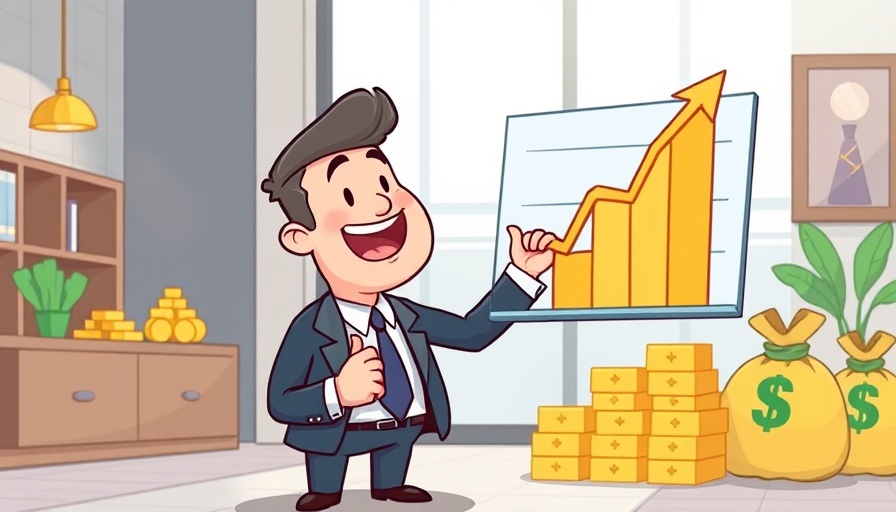
Revolutionizing Sales Coaching with Generative Scorecards
In the competitive landscape of B2B sales, maximizing performance is paramount. For business owners aiming to scale their operations, understanding the evolution of sales coaching is essential. Traditional methods often leave sales teams struggling with inconsistent feedback and manual processes that flood their schedules. Enter generative scorecards—AI-driven tools that can transform this landscape and supercharge coaching efforts.
The Power of AI in Sales Scorecards
Generative Scorecards are not just a technological advancement; they represent a paradigm shift in sales performance coaching. By automating the evaluation of sales conversations, these scorecards free up valuable time for managers. Instead of manually sifting through hours of recorded calls, AI analyzes interactions in real-time, providing actionable insights precisely when they’re needed.
What Makes Generative Scorecards a Game-Changer?
One of the standout features of generative scorecards is their ability to deliver unbiased coaching. AI systems are inherently devoid of human prejudices, ensuring that every representative receives consistent and fair feedback. This feature is particularly crucial as high-performing sales teams are 2.8 times more likely to have efficient coaching processes in place.
Key Features of Generative Scorecards
- Real-Time Feedback: Sales representatives can adjust their strategies on the fly, correcting potential missteps in the moment rather than after the fact.
- Scalability: With AI handling the heavy lifting, managers can effectively coach up to ten times more reps, transforming the dynamic of the team without needing more personnel.
- Performance Insights: By assessing key metrics such as talk-to-listen ratios and objection handling, generative scorecards offer tailored coaching insights that improve individual and team performance.
Driving Immediate Impact
For business owners generating between $2M and $10M in annual revenue, the next step is clear: investing in AI-powered sales tools is no longer just an option but a necessity. With generative scorecards, businesses can unlock the true potential of their sales representatives, leading to higher conversion rates and ultimately increased revenue.
Conclusion: Embrace the Future of Sales
As the sales landscape evolves, embracing technology like generative scorecards will set your business apart. The ability to provide immediate, personalized coaching tailored to each rep's performance can be the difference between closing a deal or letting it slip away. Take the leap into AI-driven sales coaching today and watch your business thrive.
 Add Row
Add Row  Add
Add 



Write A Comment